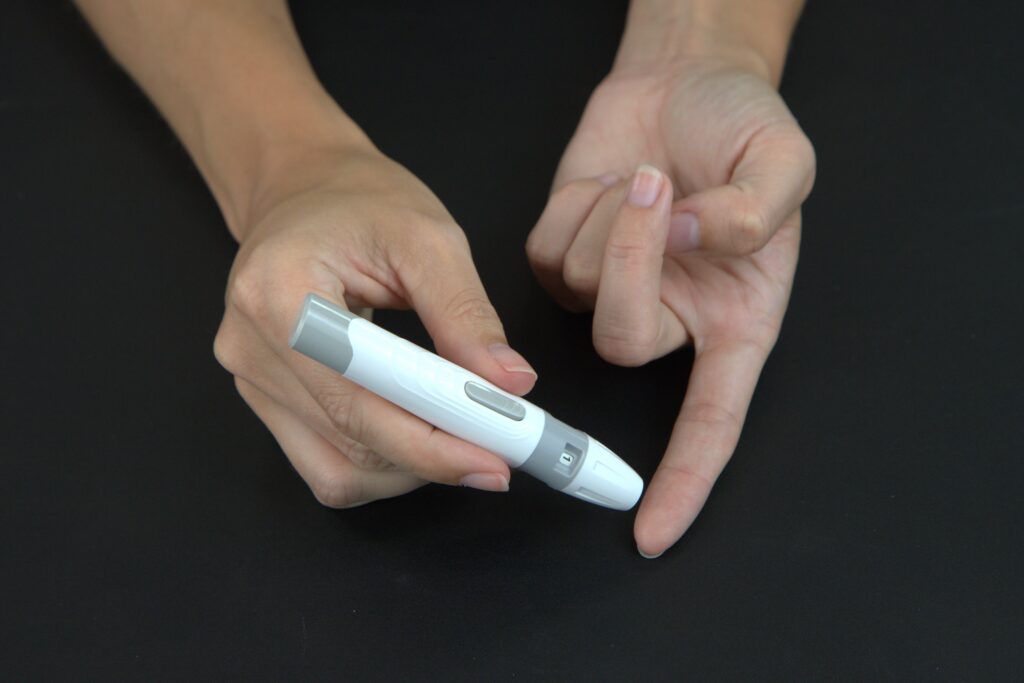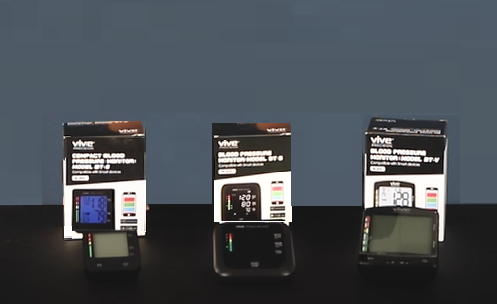Diabetes is a chronic condition that affects millions of people worldwide, characterized by high blood sugar levels that require regular monitoring and management to prevent complications. Fortunately, one of the most promising technological advancements in healthcare is remote patient monitoring (RPM), which allows medical professionals to remotely monitor the health of patients in their own homes. RPM has the potential to significantly improve patient outcomes and reduce healthcare costs, particularly when it comes to managing diabetes.
RPM can monitor a variety of diabetes-related parameters, such as blood glucose levels, insulin doses, and physical activity. This data can be collected using wearable devices such as continuous glucose monitors (CGM) or specialized diabetes management devices, and transmitted to healthcare professionals for analysis. Frequent monitoring through RPM can identify issues early, before they become serious problems.
One of the most crucial aspects of diabetes management is monitoring blood glucose levels. With RPM, patients can easily monitor their blood glucose levels at home and send the data to their healthcare provider for analysis. This allows for more frequent monitoring and early identification of any issues, preventing serious complications. Additionally, RPM can also monitor insulin doses, helping identify issues with insulin therapy and prevent complications such as hypoglycemia.
Physical activity is also a vital aspect of diabetes management. Regular physical activity can improve blood glucose control and prevent complications. With RPM, patients can easily monitor their physical activity and send the data to their healthcare provider for analysis. Early identification of issues through frequent monitoring can help prevent serious complications.
RPM can also benefit patients with diabetes who live in rural or remote areas. These patients may have difficulty accessing regular medical care and may benefit from remote monitoring. With RPM, patients can receive care and monitoring from the comfort of their own homes, which can provide them with a sense of dignity and comfort.
In addition to improving patient outcomes, RPM can lead to significant cost savings for healthcare systems. By reducing the need for in-person visits and hospitalizations, RPM can reduce the overall cost of care for patients with diabetes. Studies have shown that RPM can reduce healthcare costs by as much as 25% for patients with chronic conditions such as diabetes.
As technology continues to advance, the future of RPM in diabetes management is even more promising. Advancements in artificial intelligence (AI) and machine learning (ML) make it possible to provide more accurate predictions and better overall care. For example, AI-powered algorithms can analyze data from CGMs to predict when a patient’s blood sugar is likely to drop, allowing healthcare providers to intervene before a serious complication occurs.
Another promising area of RPM in diabetes management is personalized medicine. By collecting data on a patient’s blood glucose levels, insulin doses, and physical activity, healthcare providers can create personalized treatment plans tailored to the individual patient’s needs. This can lead to better outcomes and improved quality of life for patients with diabetes.
In conclusion, RPM is a rapidly growing trend in healthcare that has the potential to revolutionize diabetes management. By allowing for more frequent monitoring and early intervention, RPM can improve patient outcomes and reduce healthcare costs. With advancements in AI and ML, the future of RPM in diabetes management is even more promising, with the potential to provide personalized medicine and better overall care. As technology continues to advance, RPM will play an increasingly important role in managing chronic conditions such as diabetes.
The benefits of RPM are clear, and its potential to improve diabetes management cannot be overstated. Healthcare providers can improve patient outcomes and reduce healthcare costs by adopting RPM technology. The clinical team members can integrate RPM into their practices, empowering their patients with the ability to manage their condition with greater ease and efficacy. Together, healthcare providers and their patients can leverage the power of RPM to manage diabetes more effectively, leading to a healthier and happier life.








